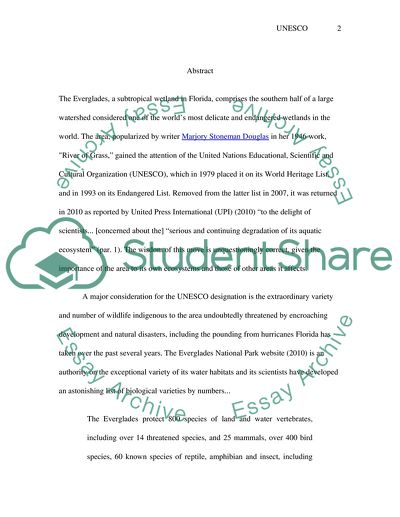Cite this document
(The UNESCO Everglades: Too Little Too Late Term Paper, n.d.)
The UNESCO Everglades: Too Little Too Late Term Paper. Retrieved from https://studentshare.org/environmental-studies/1746565-final-project-unesco-paper-my-chosen-topic-for-this-is-the-everglades
The UNESCO Everglades: Too Little Too Late Term Paper. Retrieved from https://studentshare.org/environmental-studies/1746565-final-project-unesco-paper-my-chosen-topic-for-this-is-the-everglades
(The UNESCO Everglades: Too Little Too Late Term Paper)
The UNESCO Everglades: Too Little Too Late Term Paper. https://studentshare.org/environmental-studies/1746565-final-project-unesco-paper-my-chosen-topic-for-this-is-the-everglades.
The UNESCO Everglades: Too Little Too Late Term Paper. https://studentshare.org/environmental-studies/1746565-final-project-unesco-paper-my-chosen-topic-for-this-is-the-everglades.
“The UNESCO Everglades: Too Little Too Late Term Paper”, n.d. https://studentshare.org/environmental-studies/1746565-final-project-unesco-paper-my-chosen-topic-for-this-is-the-everglades.


